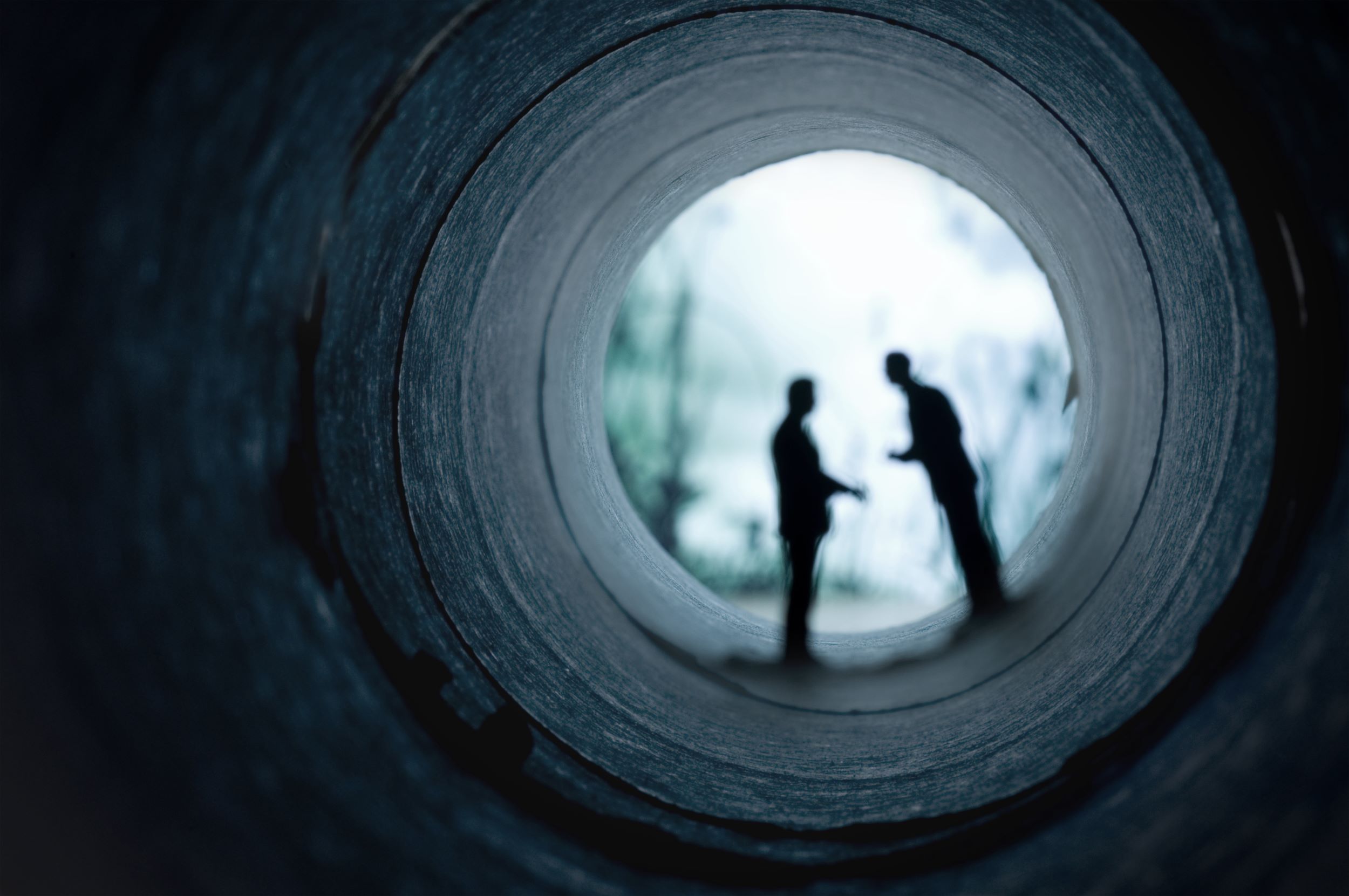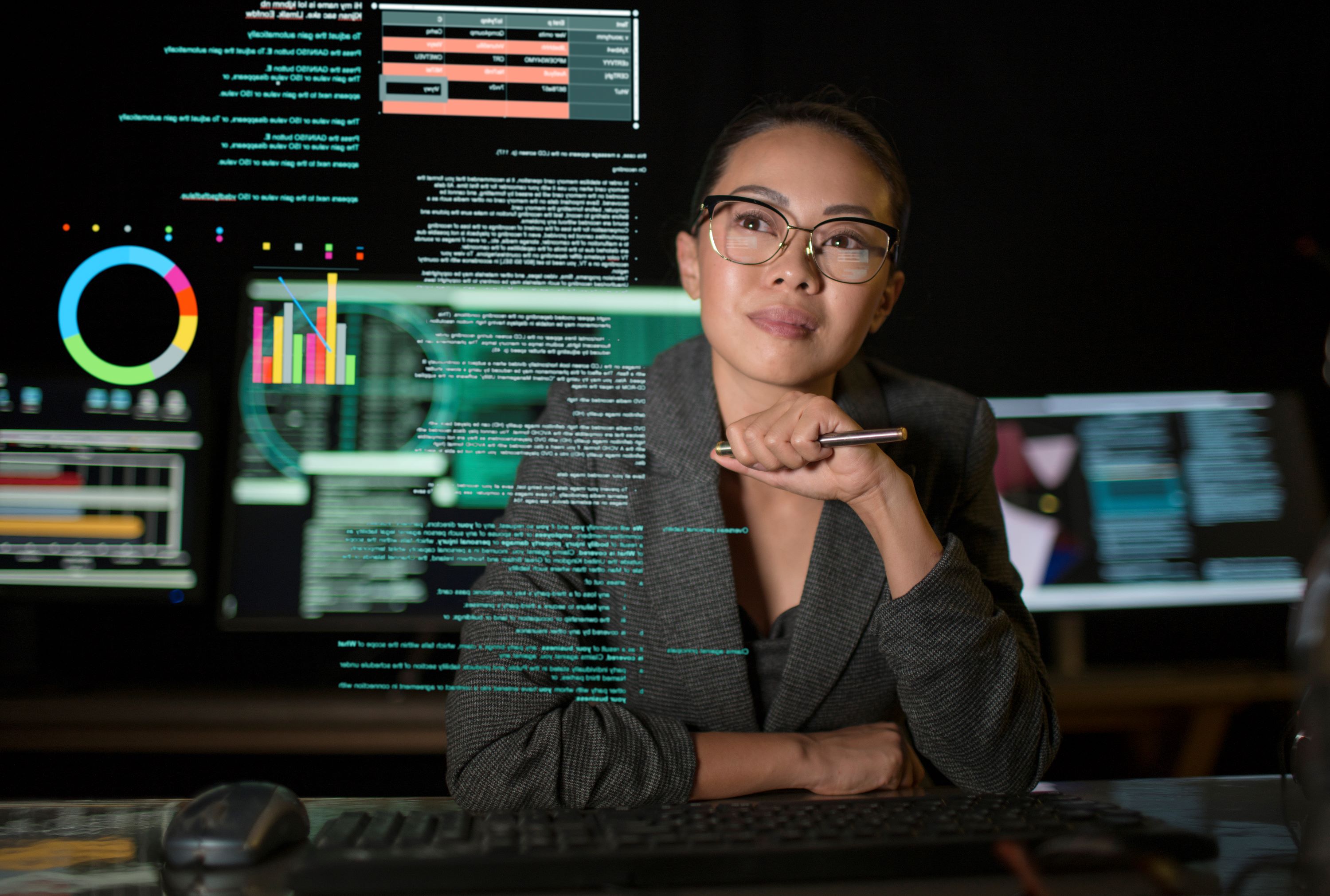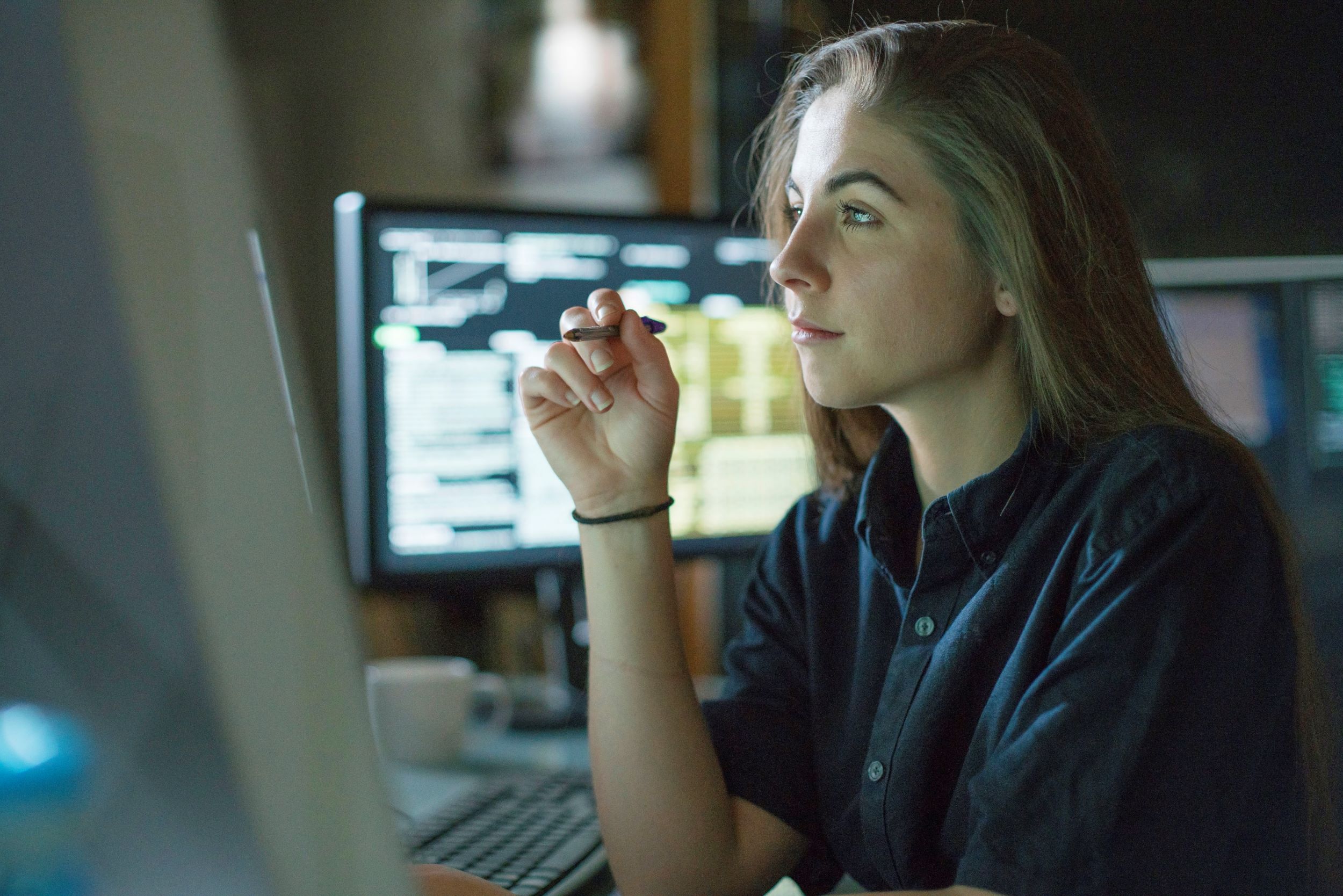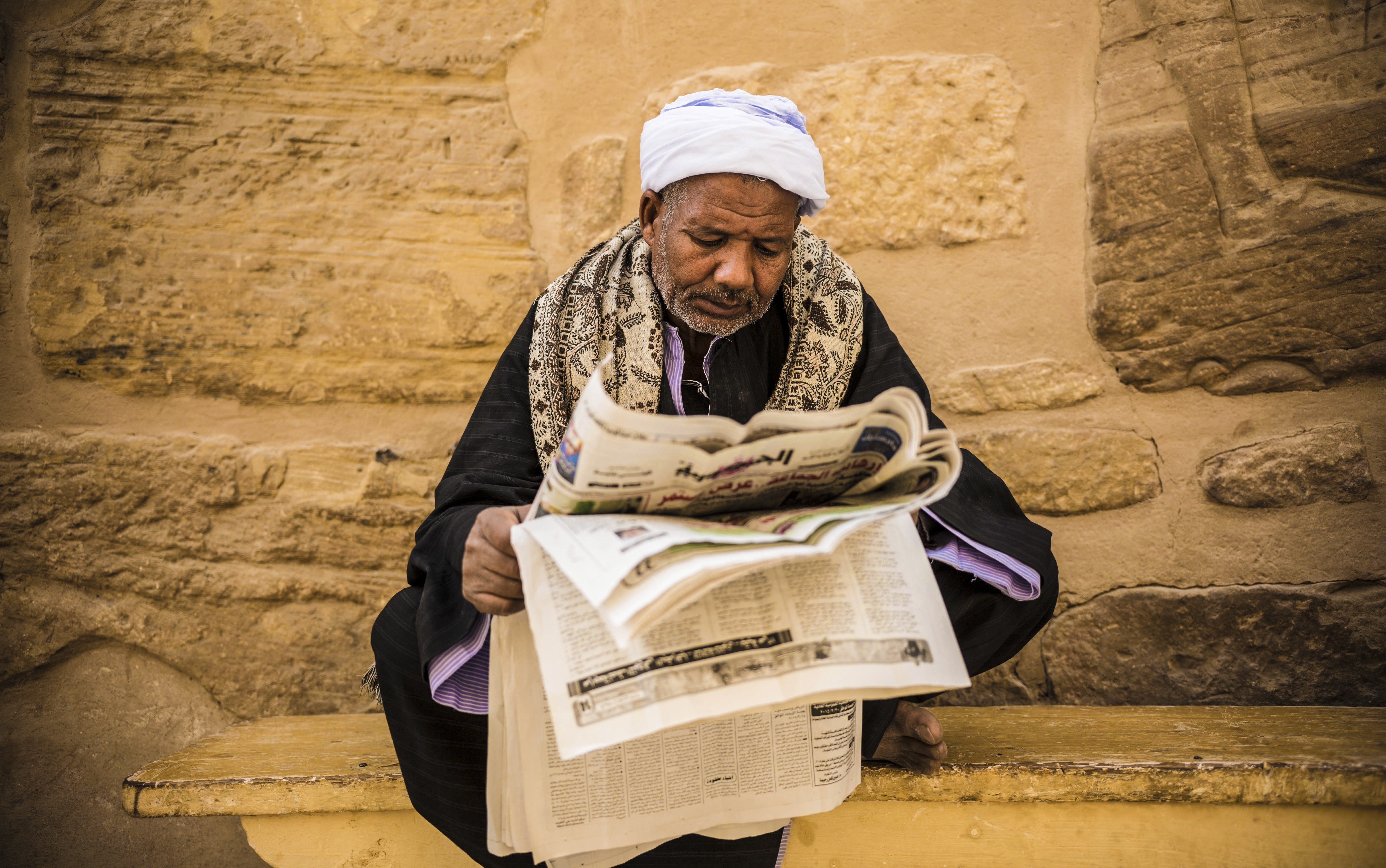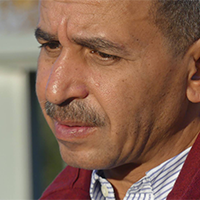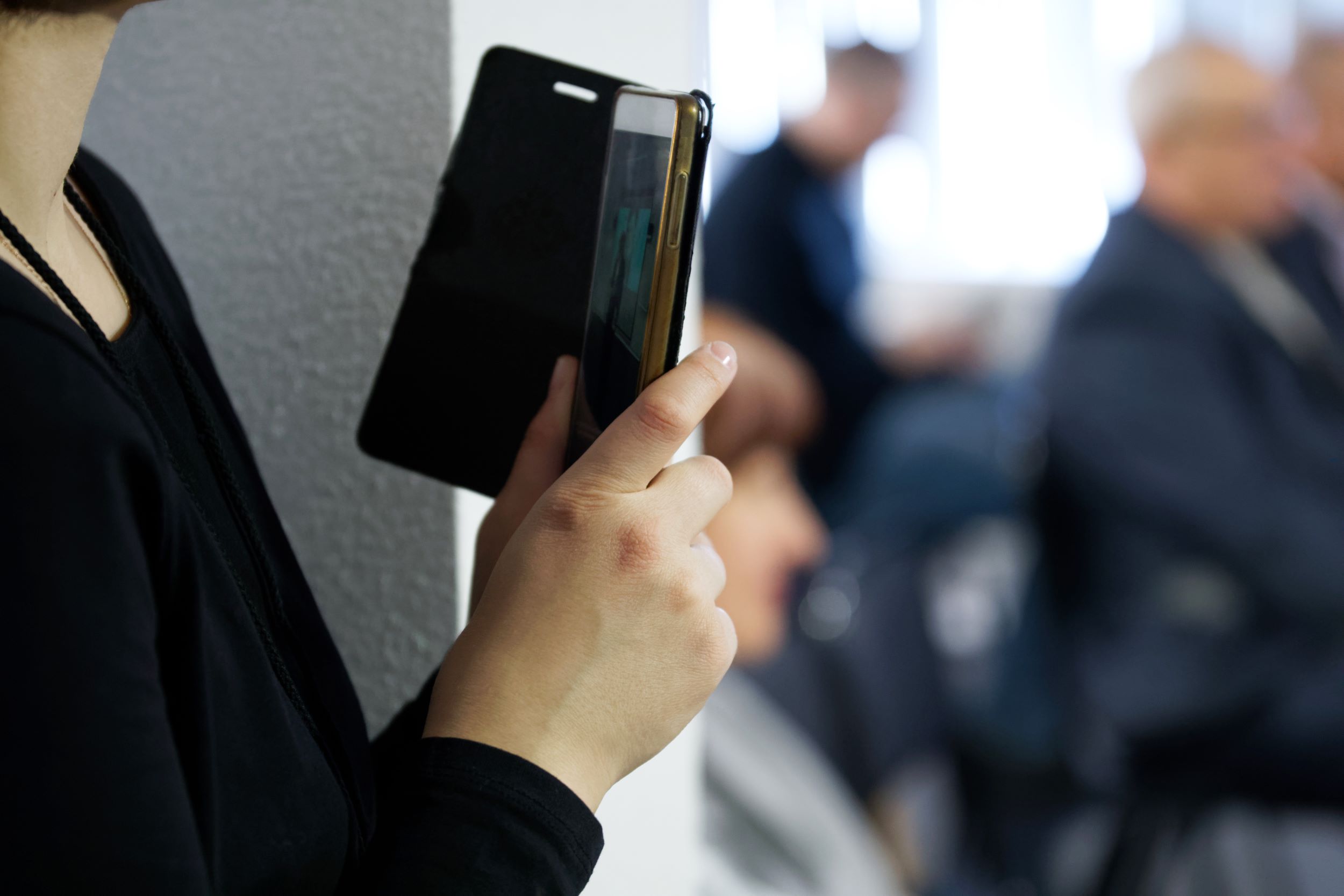Your sources are the backbone of any investigation. In Part 3 of our series on investigative journalism, we look at how to find, foster and manage them
Once an investigative journalist has decided on the questions they wish to find answers to in the course of an investigation, they next need to find the sources who will help them to find those answers.
A journalist’s ability to build a network of digital, material and human sources for each question will depend on their experience and how deeply they have researched the subject of the investigation.
Reliable sources are the backbone of any investigation. They are the gateway to facts, to background and context. They feed into one another, lending one another credence. A good journalist makes their sources work for one another. The number of sources is proportional to the strength of an investigation - that is, the more sources an investigation cites, the stronger it is. Diverse and numerous sources make an investigation more balanced and objective.
Open-source material is a key resource for investigative journalists. Today there is much information that is no longer secret or exclusive to government bodies. It appears in government websites, in annual reports, in official gazettes, news bulletins, commercial registries, stock markets, tendering procedures, and daily and weekly newspapers. The same applies to public libraries and reports from civil society and international organisations. There are many
A good journalist begins their research with open source materials. They gather, analyse and assess information, perhaps creating a special database to facilitate new discoveries and conclusions that they can then try and corroborate using their own network or any of the other sources available to them.

Paper sources
Documents can provide an initial source that is entirely reliable so long as they are not forged. They also cannot be modified or refuted in court if the journalist is sued, unlike human sources, whose narrative may change. Paper sources help to expand the scope of the investigation and may lead to other primary and secondary sources. But they may also be protected by privacy laws. Journalists should refer to the law of the country in which they are active and seek expert legal advice in this regard.
One of the difficulties that journalists face here is the difficulty of accessing paper sources. This requires open source research skills (and this includes subscription databases) and may also involve convincing human sources to help you get your hands on them. It may also involve use of freedom of information laws. Paper sources sometimes require expert analysis and explanation (budgetary or accounting documents, for example, or court judgements). Some may need translation if the journalist is not good at the language they are written in. For this you need a human source who you can trust to help you out without breaching confidentiality.
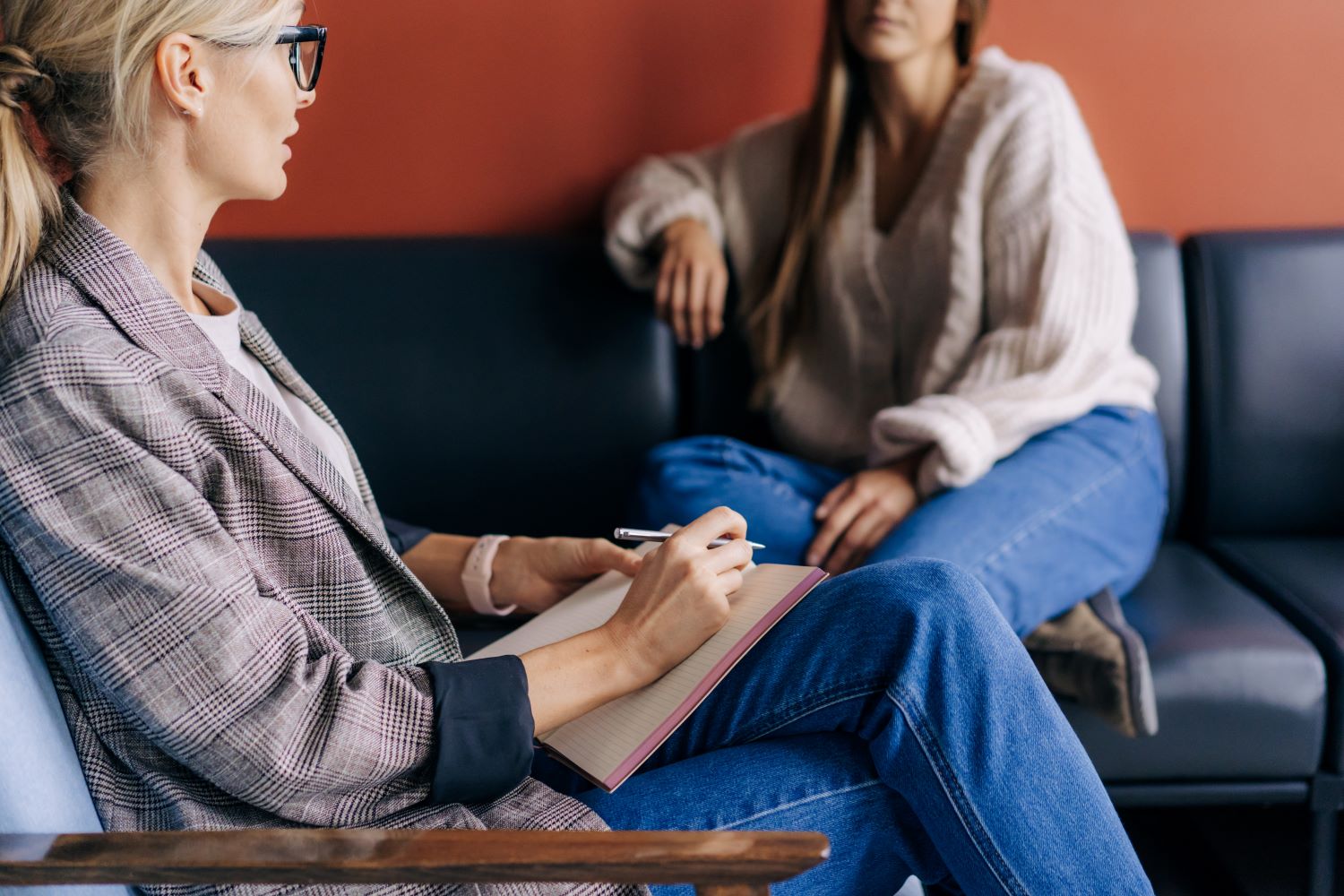
Human sources
These can be both primary and secondary.
Primary sources are people directly connected with the event that a journalist is investigating - victims, eyewitnesses, people responsible, people who intervened or participated, etc. In an attempted murder, for example, the primary sources would include the injured party, eyewitnesses who saw the shooting and the perpetrator opening fire, the driver who brought the would-be killer to the scene, his partner in crime who planned the shooting, the seller who provided the weapon, the person who sheltered the perpetrator after the crime, the doctor who produced the medical report about the incident, the detectives investigating and the prosecutor who inspected the crime scene. These all have a direct relationship with the event and are thus primary sources in the investigation.
It would be inappropriate for the journalist to listen to testimony from sources who were not present - who had heard about it on the radio, for example, or from someone else, who heard it from someone else, who heard it from elsewhere.
All of the primary sources listed in the shooting case above will have different stories, despite being closest to the event. Eyewitnesses will have seen the incident from different angles - and of course, every source has their own biases, their own personal, psychological and social makeup that affects their view of events. Some might lie, give unsubstantiated suggestions, exaggerate, miss out things that they do not like or conflate facts, make conjectures and assumptions. Journalists should never be afraid to ask: How do you know? Examining information carefully is our first responsibility.
The essence of a journalist’s work is to relate an event for which they were not present - which they did not see themselves. Their role requires collating precise and verified information from primary sources in order to get a complete and clear picture of what happened. This is why it is so important to have a wide range of varied sources.
A journalist can interview sources for many different and interconnected reasons - that is, there are all sorts of reasons why they might be newsworthy. They might meet them because they occupy an important post, or because they are investigating something important, like a scientific discovery. They might have won a prize, or be experts in a particular issue. They might know something or someone of relevance to an investigation, have seen something of importance (eyewitnesses to a crime, for example), or have had something happen to them (victims or survivors). We have to discriminate between sources. There are public figures who have earned the public’s trust and interest and who have worked hard to further the public interest in a particular area (be it big or small). Then there are temporary public figures who become briefly famous because of a particular incident.
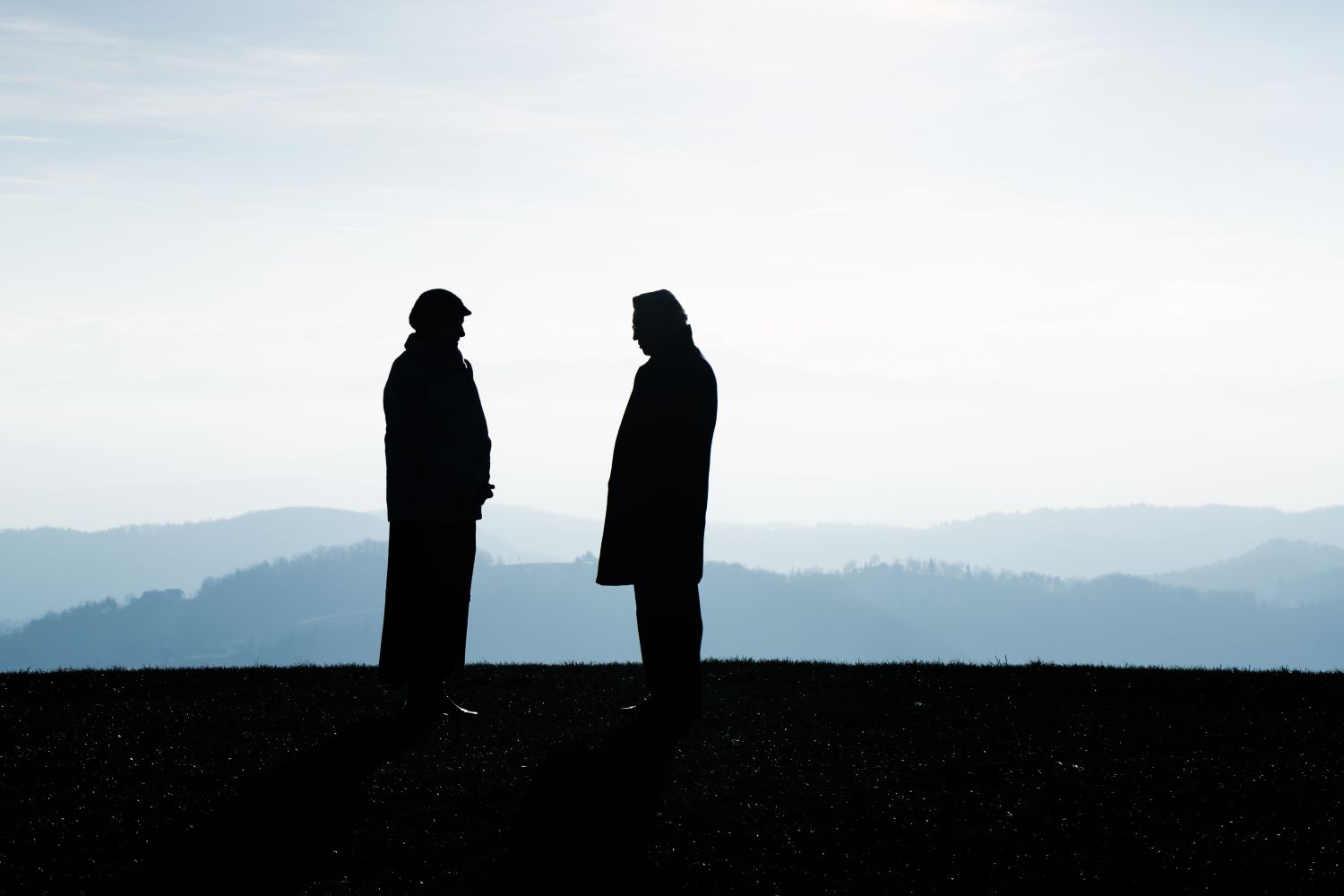
And then there are private or normal persons. Public figures are used to dealing with the media, to being pursued by cameras or journalists looking for statements. They know that their personal space is delimited by public space and by the right to criticise, unlike a private person who has no experience working with the media and has a right to privacy.
The ideal human source in investigative journalism is the closest person to the story who can be relied upon and trusted, who is willing to stand by their statements publicly and who is easily and safely accessible.
Journalists should look for human sources that meet all these criteria at the same time. How feasible it is to get access to sources varies from person to person and according to a journalist’s ability to convince them of the importance of being interviewed.
Sources that are the object of suspicion or accusation will talk to a journalist when they believe that everyone else involved in the event either has talked or might talk to the journalist. And, of course, you need to make sure that access to the source is safe—a meeting with a mafioso or a violent organisation may put the journalist’s life in danger.
An investigation may result in a battle of wills between a journalist looking to expose mistakes or wrongdoing and sources close to the event that may want to keep some information under wraps. Experts suggest interviewing victims, those hurt by an event or enemies of the parties under investigation first, because they are more likely to want to talk about the thing you are investigating.
By communicating with and meeting sources, journalists aim to collect facts and important information and to gain access to documents and supporting evidence. They should ask for this directly and clearly: do you have any documents that support your story?
The aim of an investigation is to produce a well-substantiated narrative. Sensational claims have no value so long as they are not backed up by convincing evidence. A meeting should also aim to acquire new sources for the investigation. Journalists should ask their sources to point them towards others who can corroborate their story: who knows about this other than you? Who was with you when it happened? What role did they play? Please give me their names and tell me how to contact them. This is a central part of the process of building a network of sources and helps make sources feel important, as well as adding many new voices to the investigation.
Journalists use human sources to corroborate the information they have gathered and the conclusions they have reached and to test the credibility of other sources. A good journalist knows that sources conflate facts and assumptions, and seeks the help of experts in analysing documents and interpreting events. Experts typically provide unbiased, in-depth and detailed information.
A good journalist can also get sources to talk honestly. This requires effort, practice, politeness, and determination. It also requires sticking to your guns when necessary.
The approach taken when interviewing victims is totally different from the approach used when interviewing those responsible for an incident, and different again from the approach to interviewing experts. What all of them have in common, however, is good preparation, and the greatest possible knowledge of the source and their personality as well as what they are looking to get out of the interview.

Some sources will have worries or fears that will mean they say no to an interview. Some may fear for their lives or for their families, particularly in oppressive or authoritarian countries. Others will be afraid of difficult questions, or fear for their professional or social future after publication. Some will be scared of scandal, of being held accountable, or of feeling guilty. Some will lack confidence in your professional ethics or probity and will worry that you will twist their words. And some will simply think they do not know enough about the subject under investigation, and may be embarrassed to talk to the press.
Dealing with these anxieties and setting fears to rest requires journalists to engage in dialogue with their sources, to make multiple attempts, to be gentle and to negotiate. They should emphasise whatever might get them to speak—openness, justice, ambition, anger, exhibitionism or a desire for attention, a desire for authority, serving the public interest, or the opportunity to give their side of the story.
Sources sometimes request anonymity for fear of the consequences of publication, especially when they are providing secret or ultra-sensitive information concerning corruption, organised crime or maladministration. The right of a journalist to keep their sources secret is enshrined in law in many countries, but it is also, more importantly, an ethical and professional duty that has become a key part of international human rights law.
Read more:
Investigative journalism, Part 1: How to decide what to investigate
Investigative journalism, Part 2: Hypothesis-based investigations
Investigative journalism in the digital age
Journalists should make every effort to establish why a source is requesting anonymity. They should establish whether they simply mean that they do not want their name or job title to be published, whether they do not want the information itself to be published, or both.
When sources request protection of this kind, they usually mean not publishing the source of the information—not the information itself. But journalists should be careful to make sure of this. It is the information itself that is important. You should thus ask your sources who else is aware of the information they are providing. If there are several people, you should ask for their names and how to get in contact with them without divulging your original source. You can then publish the information in your report and note that it has been confirmed by various sources - thereby protecting the original source. But if the source still refuses to allow publication of their name, then you have to respect their wishes.
The right to protect sources is not an absolute right. There are various understandable and justifiable exceptions subject to a three-part test: interest, legitimacy, and legal necessity. This is the same test used for freedom of expression. Concealing your sources is a practice governed by rules. The use of anonymous sources has discredited many journalists. Likewise, professional and ethical rules emphasise the necessity of providing your sources when publishing: the public has a right to examine the credibility of the information provided. You should only conceal sources’ identities under rare, exceptional, and carefully defined circumstances.
The following points should be borne in mind:
- You should only promise not to mention a source’s name with the agreement of your editor or editor-in-chief.
- Anonymous sources should only be used for a clear and justifiable reason.
- Anonymous sources should only be used when there is no other option.
- Sources should be named in the report whenever possible. If you have to use an anonymous source, you should explain why within the report.
- An editor must weigh up the advantages and disadvantages of using an anonymous source.
- Anonymous sources should only be used with the agreement of all parties: the journalist, the source, and the news outlet.
- If you use an anonymous source, you must confirm the information provided using another source.
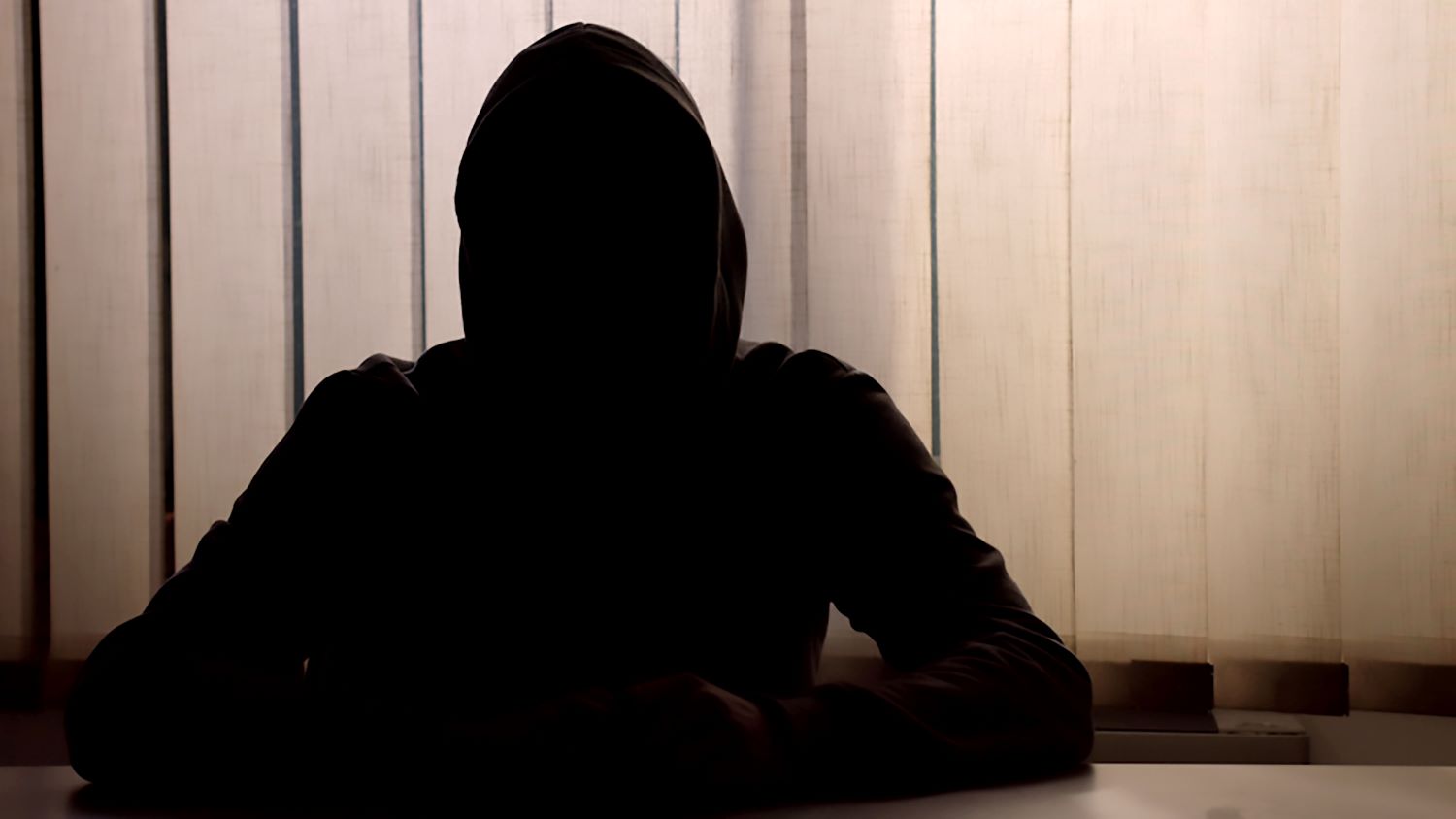
Many experts in the ethics of journalism say that information should never be attributed to an anonymous source unless it is confirmed by at least four other sources.
In the Watergate investigation that brought down Nixon, Woodward and Bronstein did not depend on a single source, as some have claimed. Deep Throat, the anonymous tipster, served only to confirm information and help them avoid major errors.
When using child sources, you should always secure the consent of their parent or guardian to conduct an interview. It is better not to push them into agreeing. You should also bear in mind the necessity of hiding their identity if the interview will affect their future prospects. Journalists should be keen to protect children’s ideal lives and their mental and physical health from any risk created by the interview.
Care should be taken when dealing with children’s testimony. Children are particularly likely to conflate fact and opinion, what they have seen and what they have heard. They are also particularly likely to exaggerate or misrepresent the truth. If the child is an eyewitness, you should let them talk spontaneously without pushing them or asking them yes-no questions. You should always rely primarily on sources who are of the legal age of responsibility and fully understand what they are doing in order to obtain precise, verified evidence.
Digital sources
Government and private databases, websites, video and audio libraries and social media. These constitute a vast archive that, with analysis, can help you get at the facts. Digital sources provide strong and coherent evidence with historical background and context as well as authenticity. But this all depends on whether you are able to obtain the necessary data and information.
Digital sources provide rapid, cross-border information. You can easily obtain data from the UN Security Council, the UNHCR or the Library of Congress from the comfort of your own home. Digital sources produce soulless investigative reporting if they are not supplemented by human sources close to the issue. They also require careful verification because they are easy to modify and decontextualise.
What constitutes perfect evidence? What constitutes substantiated evidence? What makes evidence unusable? An investigative journalist proves their hypothesis using one or more of the following techniques, depending on the subject matter, the nature of the investigation, and the environment in which they are working.
Intersecting sources and testimony
Witness testimony is one of the main forms of evidence used by investigative journalists to prove their hypotheses. Testimony must be provided by primary sources directly linked to the event and should be provided by several different and independent sources who cannot have decided on their story beforehand. They should provide precise and coherent narratives that attest to the fact that the event took place and link the characters to it. For any piece of information to be acceptable, it requires corroboration by at least two known, independent sources. Several sources may depend on a single original source, and in this case they should all be taken as one and not treated as separate sources for the purposes of corroboration.
An investigative journalist compares and inspects different accounts in order to work out where they intersect. They should test the credibility of each source and their narrative throughout the interview and ask for evidence that supports their testimony. They should try to establish sources’ motives and weigh up the information acquired accordingly, making sure that it makes logical sense.

A sceptical attitude is one of the best defences against being manipulated, and even the most precise source should be treated with caution. A source should be able to take responsibility for their words and their actions—they should be of sound mind, for example, and ideally an adult. When dealing with traumatised victims, it is preferable to avoid interviewing them in order to extract statements; in such cases, the victims may not be fully in control of their actions.
An investigative journalist should work hard to get access to all the primary sources on both sides of the investigation—that is, for and against. They should have recourse to independent, neutral third parties familiar with the facts who can help them assess how accurate and trustworthy a narrative is. Where anonymous sources are used, you should follow the same steps given above—after making sure that the information is correct and reliable and that there is no other way of sourcing it from elsewhere. Anonymous sources whose names cannot be published are the least useful of all when it comes to proving anything.
Majdolin Alan and Imad Rawashdeh, for example, used several intersecting sources to substantiate their findings when they investigated torture and sexual abuse in Jordanian government orphanages in 2009.
They compared the accounts of 30 former and current orphanage residents, as well as testimony given by former and current orphanage employees. All of the testimony was corroborated and signed, in some cases using fingerprints where the witnesses were not literate.
Alan and Rawashdeh’s investigation also drew on leaked documents from the orphanages themselves that supported their sources’ claims. They also made use of governmental and semi-governmental reports and studies that confirmed the existence of the problem. Some orphanage residents were convinced to undergo medical examinations at a civil society organisation, which confirmed that some of them were suffering from psychological, physical, or sexual illnesses.
In another example, the Al Jazeera film Execution by Transport showed how thirty-seven political prisoners choked or were burnt to death in a transport van at Egypt’s Abu Zaabal Prison in August 2013.
The film was able to prove the events by drawing on overlapping eyewitness testimony from bystanders, survivors, and Inspector Abdelaziz, a member of the prisoner protection detail. These accounts were bolstered with technical expertise from the coroner and from an engineering report on the transport van, which confirmed that the vehicle was carrying more than three times its capacity and had no ventilation or drinking water under extreme weather conditions.
They also drew on meteorological reports, data provided by civil society organisations, and court documents from the official investigation. The overlapping human and material sources used in this investigation allowed it to develop information into facts: the van did not have sufficient space for 45 prisoners, the prisoners were kept inside for more than eight hours straight, the temperature was above 40 degrees, the van lacked ventilation and no drinking water was provided, and the coroner’s report listed asphyxiation as the cause of death. All of these facts confirmed that there was foul play at work and neglect of political prisoners opposed to the new regime.
This article has been adapted from the AJMI Investigative Journalism Handbook
